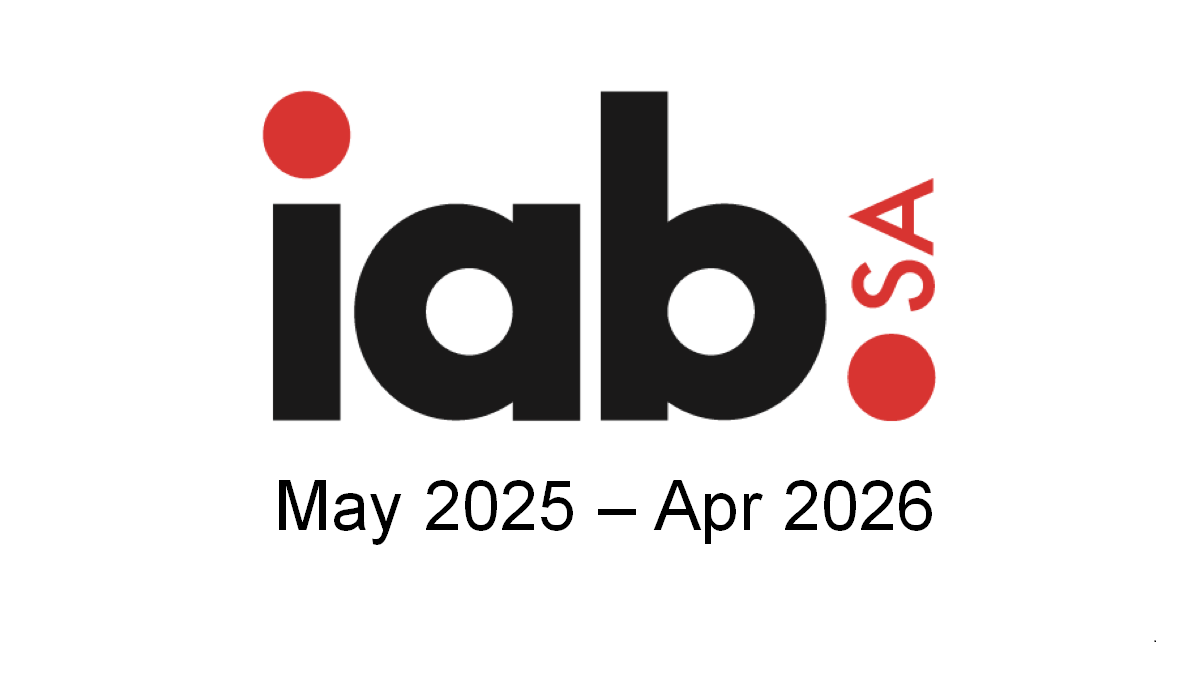The assenting into law of the Expropriation Bill by President Cyril Ramaphosa has triggered a flurry of debate.
The substance of the debate, to a larger extent, is grounded on deliberate misconception, misrepresentation, and misinterpretation of the objects and contents of the new act.
Some political parties and other entities have threatened to take the president to court.
To the DA, his action was unconstitutional in that only four provinces voted in favour of the new legislation.
On January 26, parliament issued a statement to correct this misstatement. The statement states that “according to our records, seven provinces voted in favour of the Expropriation Bill, far exceeding the majority required by the Constitution.”
The DA indeed intended to mislead the people of South Africa and create the impression that the president agreed to a bill, which was brought to him by a glaringly flawed process.
In the true spirit of ethical leadership, the DA must come back to the people and concede that it made a mistake.
Some claim the president should not have signed the bill into law without consulting or getting consent from the parties in the government of national unity (GNU).
The DA has gone to the extent that the public works and infrastructure minister submitted a legal opinion to the president, which advised him that the bill was unconstitutional.
The arrangements in the GNU are political in nature and cannot supersede the provisions of the Constitution.
The powers of the president in relation to bills referred to him are governed by sections 79 (chapter 4) and 84 (chapter 5) of the Constitution.
Section 79(1) provides that the president must assent to and sign a bill or, if the president has reservations about the constitutionality of a bill, refer it back to the National Assembly.
The statement by parliament states that the National Council of Provinces dealt with the bill on March 19, 2024. It must have been referred to the president immediately thereafter.
It may be correct that the DA, through the minister, provided the president with a legal opinion, but that does not necessarily mean that the minister’s is the only legal opinion that the president considered.
In its media statement dated January 25, the DA attached a letter dated January 25, which it had sent to the president.
It says the minister wrote to the president on December 5, 2024, raising issues of constitutionality of the bill.
The letter states that the minister received a reply on January 21, whereby the president stated that he disagreed with the legal opinion he had submitted.
This proves there was an engagement between the president and the minister in relation to the bill.
Further, it must be noted that the bill had gone through several processes in which the DA took part, including the parliamentary process, public engagements, and submissions.
Expropriation of land by the state is not new, nor is it unique to SA; it is practiced and applied everywhere in the world.
The only difference is the unique circumstances that are peculiar to SA. It is important to remind all of us that the biggest expropriation without compensation in SA happened in 1913, via the Natives Land Act.
Section 25 of the Constitution deals with expropriation but in the context of the right to property. Property rights form part of the Bill of Rights.
The Expropriation Act 63 of 1975 governed the land expropriation by the state until the president signed into law the new act.
It repeals the 1975 act, which does not reflect the Constitution’s spirit and ethos, more particularly its section 25.
A glaring difference is that the 1975 act limits expropriation for public purpose only and does not extend to public interest. Public purpose and public interest are two different concepts.
Section 25 (4) of the Constitution states that public interest includes the nation’s commitment to land reform.
The second difference is that the 1975 act limits the determination of compensation to the market and does not consider the provisions of the Constitution, which provides for justice and equity.
The deliberate misinterpretation and misrepresentation of what the act provides and seeks to achieve have been widely publicised and presented, to the undiscerning reader or listener, as the only truth.
It is not true that the implementation of the act will result in the state arbitrarily taking away property owned by private individuals and entities.
There are three important aspects of the act that are so critical but, regrettably, deliberately twisted in the media, thereby misleading the citizens of this country. These are:
• Purpose for expropriation
Section 3 of the act empowers the minister to expropriate property for:
a) a public purpose or
b) in the public interest.
Public interest and public purpose are defined in the act. The definition of public interest aligns with the definition in the Constitution (section 25(4)).
Clearly, the act can be used to deal with expropriation for purposes of land reform. Further, the act states clearly that the state may not expropriate property arbitrarily.
• Process for expropriation
The process is set out clearly in Chapter 4 of the act. Briefly, it involves giving notice of intention to expropriate to all affected parties. The notice sets out, among other things, the reason for the intended expropriation, the date thereof, an offer of an amount of compensation that the state considers just and equitable, and, quite importantly, an invitation to the affected parties to lodge objections and make any submissions.
• Compensation
Issues relating to compensation are dealt with in Chapter 5 (sections 12-18) of the act.
The act provides that the amount of compensation must be just and equitable, reflecting an equitable balance between public interest and the interests of the affected parties or the owner.
When deciding on equity and justice, the state must take into account:
a) the current use of the property;
b) the history of the acquisition of the property;
c) its market value
d) the extent of direct state investment and subsidy in the acquisition and beneficial capital improvement of the property;
e) the purpose of expropriation.
These factors must be considered cumulatively.
Section 12(3) of the act provides that it may be just and equitable for expropriation without compensation.
The factors or circumstances to be considered in determining just and equitable in relation to expropriation with nil compensation are:
a) Where the land is not being used and the owner’s purpose is not to develop the land or use it to generate income, but to benefit from appreciation of its market value.
We have vast tracts of land that are not being used for any purpose.
b) where the market value of the land is equivalent to, or less than, the present value of direct state investment or subsidy in the acquisition and beneficial capital improvement of the land.
c) when the nature or condition of the property poses a health, safety, or physical risk to persons or other property.
d) where the owner has abandoned the land.
- Dispute resolution
The act envisages that there would be disputes between the state and the affected parties.
Disputes relating to the amount of compensation may be settled through mediation, failing which any party may refer the dispute to a high court.
The court is empowered to decide or approve the amount of just and equitable compensation.
To put it crudely, the land dispossession of Africans is the real unique circumstance when it comes to the expropriation of land.
In the Conversation Africa, Associate Prof. Martinus van Staden of Wits University wrote an article on September 23, 2004, titled “Colonialism and Apartheid stripped black South Africans of land and labour rights. The effects are still felt today”.
The 1913 Natives Land Act severely restricted black land ownership. It prohibited Blacks from owning or renting land in 93% of South Africa, which was reserved for white ownership.
Many black people who had previously owned or rented land in “white areas” were forced to become labourers on white-owned farms. Or they had to move to the “reserves” homelands.
The apartheid era saw the most extreme measures of land dispossession. The creation of the homelands relegated Africans to economically unviable areas along ethnic lines.
Africans, before colonialism and apartheid, owned large tracts of land that were used for farming and grazing. They lost their land and livestock to white settlers because of the colour of their skin.
This is a historical fact of injustice, immorality, greed, and crude inhumanity.
In urban and peri-urban areas, people do not have land for settlement or residential purposes; they live in squalor and overpopulated conditions.
Reasonable South Africans are of the view that there must be redress and redistribution of land. The Expropriation Act signed recently by Ramaphosa aims to deal with the issues of redress as contemplated in the Constitution.
• Mchunu is the minister of police and a member of the national executive committee of the ANC



